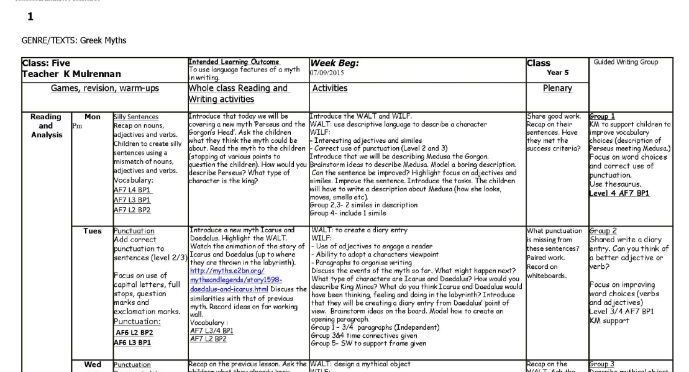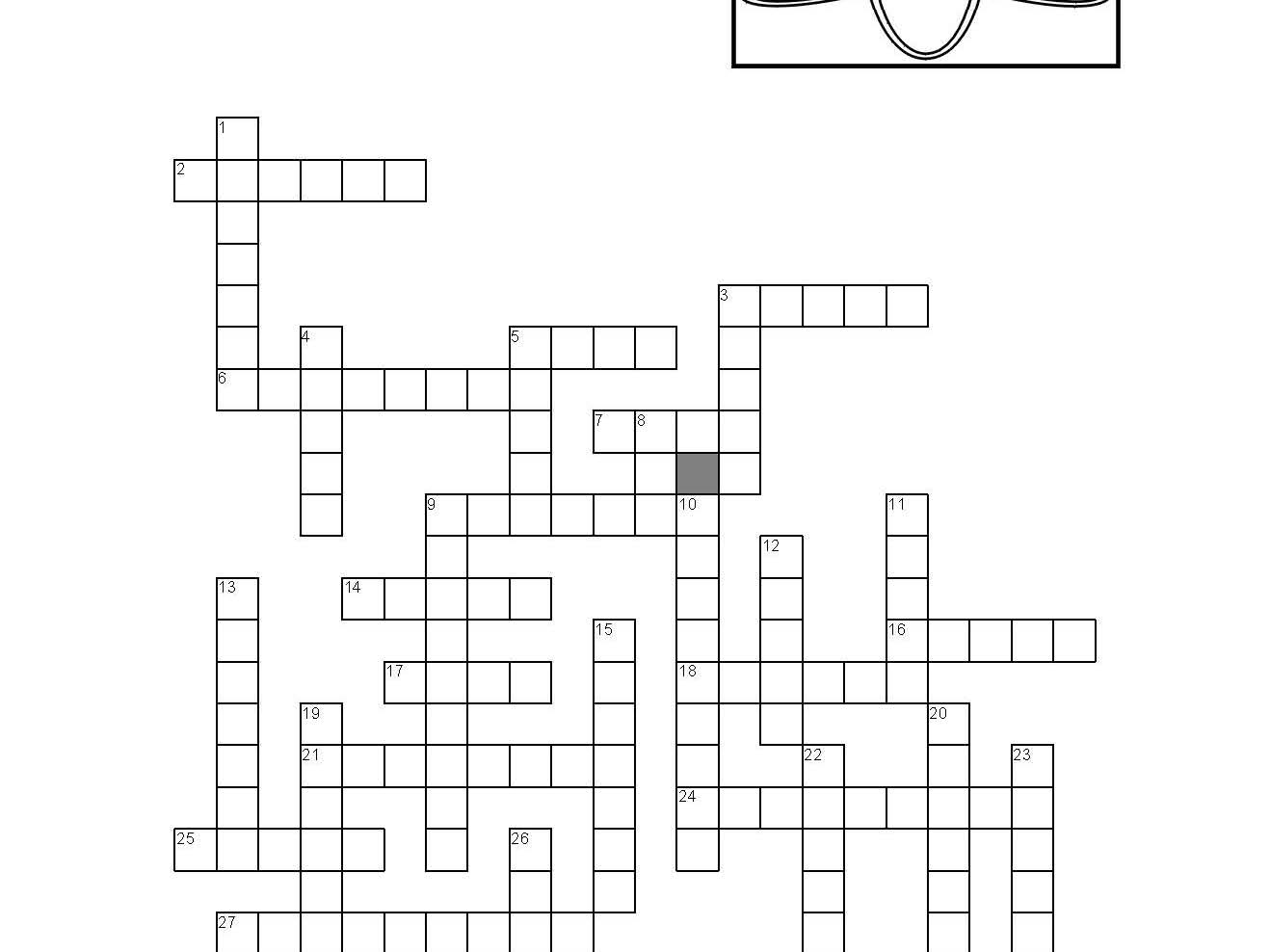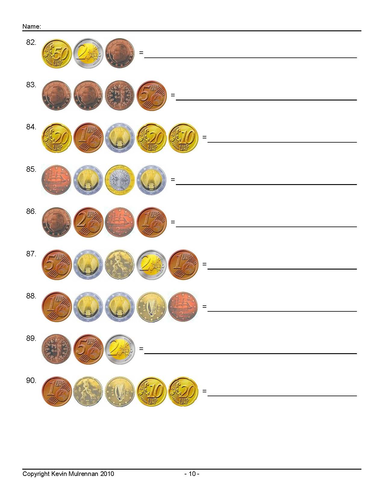406Uploads
123k+Views
41k+Downloads
Languages
Sale

English year 5 and 6 The Mysteries of Harris Burdick Planning and Powerpoints Literacy year 5
A great collection for teaching this interesting topic.
You get powerpoints and planning.
Sample :
Punctuate sentences accurately, including using speech marks and apostrophes.
Use commas to mark clauses.
Group and classify words according to their type and meaning.
Read a variety of texts, commenting on the author’s choice of vocabulary.
Construct sentences which are punctuated correctly; including the use of commas, speech marks and apostrophes.
Use a range of connectives to join sentences.
Experiment with complex sentences.
Whole Class Shared Learning
Discuss pronouns (homework)
Define each type of word: Noun, adjective, verb and adverb. Build up a sentence as we go.
Show the children a picture on the whiteboard of a horse galloping and of a lightning bolt. Children to write down 3 (LA) or 5(MA and HA) important nouns from the picture. Share. On the left of the noun, children to write an adjective to modify or describe the noun. Share. After the noun, children to write a verb and then an adverb to qualify the verb.
e.g. The black horse galloped elegantly along the beach.
Praise the children on yesterday’s literacy work – they showed knowledge of the function of nouns, adjectives, verbs and adverbs (HA showed knowledge of the difference between common, proper and pro nouns).
Children to name a range of punctuation – I record on the board (I do not add to it at this point).
Ask volunteers to illustrate uses of the punctuation named. Look on the punctuation pyramid – have we named any L5 punctuation? This is what we should be aiming at all the time.
Children to have a variety of sentences to up level punctuation on their whiteboards.
Come back to ‘The Mysteries of Harris Burdick’. Read through all of the captions and talk about ‘reading’ the illustration. Allow children time to talk about the ‘mystery’ – what do they think happened to Harris Burdick?
Choose a picture from ‘The Mysteries…’ and list all of the questions which it provokes. What do children think of the pictures? Do the captions answer any of the questions?
Talk about the settings in the pictures – often they are recognisable, familiar settings where things are not as they seem. Explain that we would call this ‘Stories in a familiar setting’.
Model the task.
Use PPT to study speech punctuation.
Use the pictures from ‘The Mysteries…’ to write some possible dialogue.
Model possible conversations, including synonyms for said and adverbs plus adverbial clauses. With correct punctuation.
Look at some of the pictures from ‘The Mysteries …’
Think / discuss some of the characters in the pictures. Use adjectives to describe them – give them names. From the pictures come up with verbs to describe what they are doing then add adverbs and adverbial clauses.
Sale

Back to School The Piano by Aidan Gibbons Year 6 Literacy Planning
Great planning and powerpoints on this fascinating topic.
sample :
Speaking
• Tell a story using notes designed to cue techniques such as repetition, recap and humour
Drama
• Reflect on how working in role helps to explore complex issues
Understanding and interpreting texts
• Infer writers’ perspectives from what is written and from what is implied
• Compare different types of narrative and information texts and identify how they are structured
Creating and shaping texts
• Reflect independently and critically on their own writing and edit and improve it
• Experiment with different narrative forms and styles to write their own stories
Sentence structure and punctuation
• Adapt sentence construction to different text-types, purposes and readers
• Punctuate sentences accurately, including using speech marks and apostrophes
Understand, analyse and compare several ‘visual texts’.
Comment on the technical parts of a visual text.
Write a review using correct format and language.
Whole Class Shared Learning
Guided and Independent Activities:
Start to understand what is meant by a ‘visual text’. What do we know so far about narrative writing? Create a list of facts to add to working wall including: fictional, dialogue, opening etc.
Explain to the children briefly, that they are going to watch a short, animated film, entitled ‘The Piano.’ Explain also that there is no dialogue or narration; it will be up to the children to decide what the film is about, to answer simple questions, raise some of their own and provide their own explanations for what they see.
Tell the children that they’re going to watch the film, quietly and without comment at first. Then, watch ‘The Piano’ by Aidan Gibbons.
Model completing thinking feeling and speech shapes linked to the narrative.
Sale

Year 5 Literacy Planning Autumn Term KS2 Greek Myths Big Write
This is a zip file containing Literacy planning for a year 5 class (Autumn term)
It consists of 14 short term plans I designed. There is one Literacy lesson per day.
You will get 14 Microsoft Word documents. They are based on the Greek myths.
I’ve also included for free some extra teaching materials that you can use. I’ve included too 3 medium term plans , one for each term). These cover plans and ideas not just for Literacy, but other subjects as well.
I’ve also included an extra week from the next term. Feel free to use it to plug any gaps.
This will help you do your own planning. Feel free to cut and paste into your own school’s plans.
Ideal for someone who had to do a term’s supply like I had to do.
Please bear in mind:
every school is different. My plans assume you have the aide of a TA, but this is not essential. There is no differentiation in the planning. Everyone does the same thing to the best of their ability.
you may want to add your own detail. These are short term plans remember.
I have used walts and wilts. Your school may do something different.
A very few number of weeks have a small gaps for things like tests and inset days. Use the extra week one planning for the next term (included for free) if you wish.
Sale

Year 5 Poetry Planning Poetic Style – Valerie Bloom/Pie Corbett
Nice planning :
sample :
Read 3/4 Pie Corbett poems (see list below this plan or plan resources) – NOT Wings. Discuss the poems read eg which one did you like best and why? Is anything similar about the poems? Focus their attention onto things that are typical of Pie Corbett. Use 3 headings: Subject matter/Style of poem/Language. Discuss each of these (subject matter is what the poem is about eg nature, travelling, observations etc). Style is free verse or strict rhythm/regular or irregular rhyming patterns, use of speech or dialogue etc. Language refers to the vocabulary – the use of adjectives and descriptions, metaphors or similes eg ”I heard the paving slabs groan as they muscled for space.” (See plan resources.) Start looking at poems of Pie Corbett under these 3 headings. Give chn time to talk in pairs/small groups about each heading and take feedback. Ask chn to come up and scribe some ideas under each heading. Explain that we will now be exploring some of these headings in more detail. Easy
Give chn a selection of Pie Corbett poems. Model reading a couple to the chn. Discuss what was similar or different in terms of the subject matter. Chn to then read some more poems in pairs and start to sort them into groups that are similar and why. Stick the similar poems onto A3 paper and make rough jottings about why they are similar. TD Medium/Hard
Work in pairs or 3s. Take turns to pick a Pie Corbett poem and read it out loud to rest of group. Repeat this until lots of poems have been read. Provide highlighting pens & poetry checklist (plan resources) to guide their discussion. Ask chn to go back over each poem carefully & highlight any language that makes the poem interesting eg adjectives & descriptions. Give chn the metaphor & simile example sheet (plan resources) to refer to and see if they can highlight any of these in another colour. Make sure chn annotate their highlighting with their own comments. Is there anything linking these Pie Corbett poems together? Does he repeat any language techniques? Finally they look at the style of the poems. Is there a regular rhythm in the poems? Do they use speech?
Sale

108 Cloze Exercises Aesop's Fables KS1 KS2 Literacy Greek Roman Myths Aesop
108 cloze exercises on Aesop’s Fables.
Great for Literacy lessons. Gives lower ability pupils confidence.
The Cloze worksheet is a standard exercise for improving students’ understanding of word context.
The student then fills in the words on the worksheet based on an understanding of the sentence and the list of potential words removed from the text.
The cloze procedure is a reading comprehension activity in which words are omitted from a passage and students are required to fill in the blanks. This procedure is incredibly useful in reading instruction because it can be easily done by any teacher and provides valuable reading comprehension information.
Sale

Teaching Resources 100 worksheets Literacy Wordsearch KS2 English Language
I have designed 100 worksheets on Literacy word searches for primary school children. A wide variety of words used. Plenty of different directions to keep the kids guessing. I have used common English words. Ideal for 11+ preparation. Ideal for Literacy. Ideal for people learning English. Answer sheets are provided for all worksheets.
Sale

Shakespeare Week Lesson Plan For Year 6 Literacy Drama
Suitable for year 6.
Worked very well for me.
For instance the first day :
Grammar Starter
L.O: Know one of Shakespeare’s stories.
Success Criteria
Know some background information about William Shakespeare, his time and his work.
Describe the basic plotline of ‘A Midsummer Night’s Dream’
Start to talk about the main characters; their hopes, desires and challenges.
Main teaching:
Who was William Shakespeare?
Use above website to read about his background – note that he wrote plays – his works were intended to be acted.
Use the above website to look at the list of plays – discuss terms tragedy, comedy and historical play.
Read ‘A Midsummer Night’s Dream’ shortened, story version. Explain that this was written in 1595.
Bundle Sale

Bargain bundle Literacy Crosswords Word Searches Antonymn Synonym KS2
Bargain bundle
worksheets on
Antonymns
Synonymns
Literacy word searches
Literacy cross words
Sale

Christmas Year 6 Planning With Emphasis on Comparison of Gospels
Great planning.
Powerpoints and worksheets plus a week plan.
sample planning :
Ask children to think about their literacy lessons – TTYP and name the important details that are needed in telling a story
(e.g. time, place, characters and events).
Ask children to the recall names of the four main Gospels.
Do they all tell the same story? (Essentially yes but lead children towards idea that they are different versions of the same story).
Use analogy of an incident occurring on the playground – would each child tell the same incident in the same way? No they would tell their version of the same event – some details and word choices would differ.
Talk about today’s WALT and explain that we are going to be looking at some different Gospel accounts of the birth of Jesus Christ. Explain to ch that, in order to achieve their WALT, they will need to be comparing and contrasting everything which they read.
Explain briefly that three out of the four Gospels deal with the birth or Christ; there are many similarities and many differences in the way in which the Gospels record and explain the event.
For today’s lesson we are going to focus on Matthew’s Gospel and Luke’s Gospel.
Discuss possible reasons for the differences in the two accounts. They are coming from two different people; points of view; written at different times but the basic story is the same.
Briefly recap last lesson. Which two Gospels did we look at? Which story were we reading? Did both Gospels tell the story in exactly the same way?
Refer to the list which was made in the plenary last lesson - which other characters were involved in the Christmas story?
Re-read the story of the birth of Jesus in Matthew’s Gospel. Continue to read until Chapter 2 verse 12.
Why did the message of Jesus’ birth first come to shepherds rather than King
Herod?
Why did Herod want to get rid of Jesus?
What words would you use to describe the threat that this baby was to Herod?
What do you think led men to come from the east by the light of a star to find this child?
Herod assumed the King of the Jews sought by the wise men was a conventional king and thus a rival to his throne.
TTYP – what were the names of the three gifts which the wise men brought to the baby Jesus?
Briefly recap the unit so far. Who are the main characters in the Christmas story? Which two Gospel accounts of the birth of Christ have we looked at? What are the similarities and differences between them?
Share the WALT and explain that this lesson will focus on the birth of Christ according to St John’s Gospel.
Explain that in St. John’s Gospel there is no account of the birth of Christ, but there is a poem at the beginning that speaks about him.
Use PPT to explain a prologue.
Sale

Morning Work Sentence Uplevelling Work Literacy Year 5 Pie Corbett
Some easy worksheets to get pupils uplevelling.
Good exercise to have on the desk when they arrive in class.
Plus some nice VCOP and Pie Corbett stuff.
Improving Sentences Checklist:
improve the verb
add an adjective (WOW word)
extend with a connective
start with an ly, ed or ing word
include a simile or a metaphor
add an adverbial
Sentence up Levelling
There was a volcano There were sparks flying
Molten lava streamed down the sides
Sale

Christmas assembly Script Ten Pages
ten page script.
Nice piece you can perform in class or to an assemlbly.
sample :
Narrator: Welcome to our Christmas celebration!
Narrator Welcome to INSERT TOWN, where our journey begins!
Narrator: Picture our winter scene…
Narrator: The air is filled with excitement, the faint hum of an inflatable Santa, blinding Christmas lights line the streets, illuminating the December skies.
Narrator: Our story begins in a beautifu; house not too far away from here…
Narrator: It is a tale of sadness, humour and love. If you are young or old, our story is one you will love!
Narrator : Oh no it isn’t!
Narrator: Oh yes it is! So sit back and enjoy the show, a magical tale of a young girl called Cinderella.
Narrator: It’s December 23rd. A bitterly cold winter’s eve. Across the globe people were making last minute plans for Christmas festivities.
Narrator: People running frantically from shop to shop to get their last minute presents.
DANCE: SHOPPING BAGS AND PRESENTS (Christmas Wrapping)
Narrator: Cinderella was busy vacuuming, cooking the dinner, ironing (funny mime of Cinderella doing different jobs all at once!) and washing,…… when something caught her eye…
Sale

Teaching Resources worksheets Literacy Crosswords KS2 English TEFL
I have designed 100 worksheets on Literacy crosswords for primary school children. I have used common English words. Ideal for 11+ preparation. Ideal for Literacy. Ideal for people learning English. Answer sheets are provided for all worksheets.
Bundle Sale

Bundle Year 5 Literacy Planning Autumn Term KS2 Greek Myths & Times Tables Sheets
A great bundle for year 5.
This is a zip file containing Literacy planning for a year 5 class (Autumn term).
Plus some great sheets on testing Times Tables.
Pupils have to fill in the gaps in various grids I have designed. All answers provided.
It consists of 14 short term plans I designed. There is one Literacy lesson per day.
You will get 14 Microsoft Word documents. They are based on the Greek myths.
I’ve also included for free some extra teaching materials that you can use. I’ve included too 3 medium term plans , one for each term). These cover plans and ideas not just for Literacy, but other subjects as well.
I’ve also included an extra week from the next term. Feel free to use it to plug any gaps.
This will help you do your own planning. Feel free to cut and paste into your own school’s plans.
Ideal for someone who had to do a term’s supply like I had to do.
Please bear in mind:
every school is different. My plans assume you have the aide of a TA, but this is not essential. There is no differentiation in the planning. Everyone does the same thing to the best of their ability.
you may want to add your own detail. These are short term plans remember.
I have used walts and wilts. Your school may do something different.
A very few number of weeks have a small gaps for things like tests and inset days. Use the extra week one planning for the next term (included for free) if you wish.
Bundle Sale

Year 4 Planning Complete Year's Planning Numeracy Literacy KS2 & Aesop Cloze Worksheets Bundle
Great mega bundle.
A complete year’s planning.
Plus great Aesop cloze worksheets.
Incredible value.
Please look at my shop for individual details.
Below is one as an example:
Planning for the Autumn term for year 4.
You get 160 mb of material so good value imo.
I taught mainly in Catholic schools so has a Catholic bent. But as we live in a multicultural society, this should be no problem.
You get planning for:
creative curriculum
Literacy
Numeracy
P.E. (some)
Science (some)
R.E. (Advent etc)
Loads of great lessons to ease your Sunday afternoons. Just cut and paste into your school template.
Bundle Sale

Bundle Coins Worksheets UK Euro Shopping
A good value bundle.
Fill in the worksheets on counting Euro coins, UK coins and a series of shopping questions that test knowledge of money etc.
Bundle Sale

Bundle Year 5 Literacy Planning Autumn Term KS2 Greek Myths & Coins Worksheets KS2
A great bundle.
This is a zip file containing Literacy planning for a year 5 class (Autumn term).
Plus great worksheets where pupils have to tot up the value of the coins. All answers provided.
It consists of 14 short term plans I designed. There is one Literacy lesson per day.
You will get 14 Microsoft Word documents. They are based on the Greek myths.
I’ve also included for free some extra teaching materials that you can use. I’ve included too 3 medium term plans , one for each term). These cover plans and ideas not just for Literacy, but other subjects as well.
I’ve also included an extra week from the next term. Feel free to use it to plug any gaps.
This will help you do your own planning. Feel free to cut and paste into your own school’s plans.
Ideal for someone who had to do a term’s supply like I had to do.
Please bear in mind:
every school is different. My plans assume you have the aide of a TA, but this is not essential. There is no differentiation in the planning. Everyone does the same thing to the best of their ability.
you may want to add your own detail. These are short term plans remember.
I have used walts and wilts. Your school may do something different.
A very few number of weeks have a small gaps for things like tests and inset days. Use the extra week one planning for the next term (included for free) if you wish.
Sale

European Day Of Languages Powerpoints France Spain Italy
For the European day of languages, but can be used anytime.
Useful info on France, Spain, Italy, Greece, Germany, Sweden and Wales.
Brilliant for assemblies.
Great value as there is a lot of stuff.
Sale

Back to School Autumn Term Year 5 Full Planning Worksheets
Some terrific planning. The last I did before retirement.
It covers the whole of the Autumn term for year 5.
It concentrates on Maths and English. But loads extra on the arts and humanities and pe.
Sample planning
To apply understanding of the structure of a Greek Myth to identify separate parts of a myth
I can order key events in a quest
I can identify how the events in a quest are separated by the writer, referring to the structure/content of the text
I can identify key language features of Greek Myth Texts
Starter
Read “The 12 Labours of Heracles” to the children (58-66, The Orchard Book of Greek Myths).
Recap features of quest – ask chn to identify these
• A quest is a journey towards a goal, which usually requires great effort by the hero/heroine.
• They need to overcome many obstacles, and it usually involves a lot of travel.
• The hero normally tries to obtain something or someone through the quest, and then take this home. The object can be something new (golden fleece), something to fulfill a lack in their life, or to return something that was stolen from the hero or from someone with the power to send them on the quest.
• If someone dispatches the hero on a quest, the reason may be false -Hero sent on a difficult quest in hope that they die, or in order to remove them from the scene for a time.
• Tale usually ends with the dispatcher being unmasked and punished.
• There may be a twist at the end of the tale, to punish any misdeeds of the hero/heroine, or because one of the Gods is displeased by the successful conclusion of the quest.
MAIN ACTIVITY (Resources; boxed table)
Split chn into groups and give them a Greek Myth text. Ask chn to box up text: Chn can draw/write about important places and events on the quest, and should quote words that show the passing of time. CT to model boxing up method for 1st event in “Heracles” text and identify how scene was set, by the writer.
This activity requires children to identify details for the following sections, for EACH event on the quest:
EVENT 1
• Setting
• Obstacle (Elements of danger/safety at setting/ on the journey)
• Any words used to show time has passed
• Overcoming obstacle

Freebie 2 French Wordsearches KS1 KS2 Perfect for Friday Afternoons With Answers
2 French wordseaches with answers.
Each one has 20 basic words to find.
Perfect for rainy Friday afternoons, homeworks etc.
If you like these, please visit my shop where you can purchase 500 of these at a very reasonable price.

Euro Coins Worksheets KS1 KS2 Mathematics Freebie
A worksheet that pupils have to fill in. They have to add up the coins.
If you like it, please visit my shop that has an enhanced similar product.




















